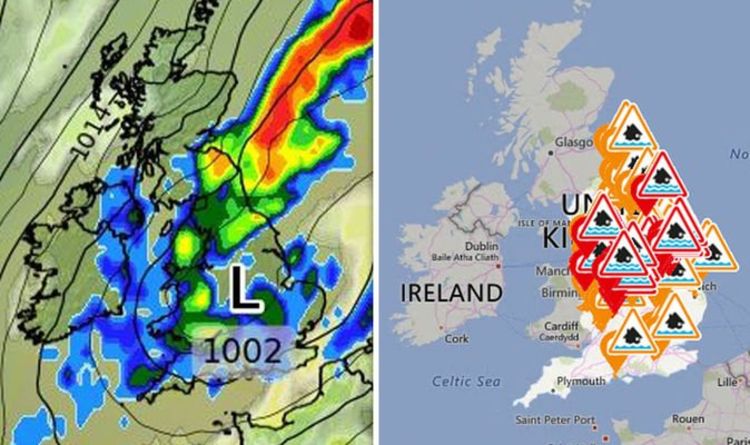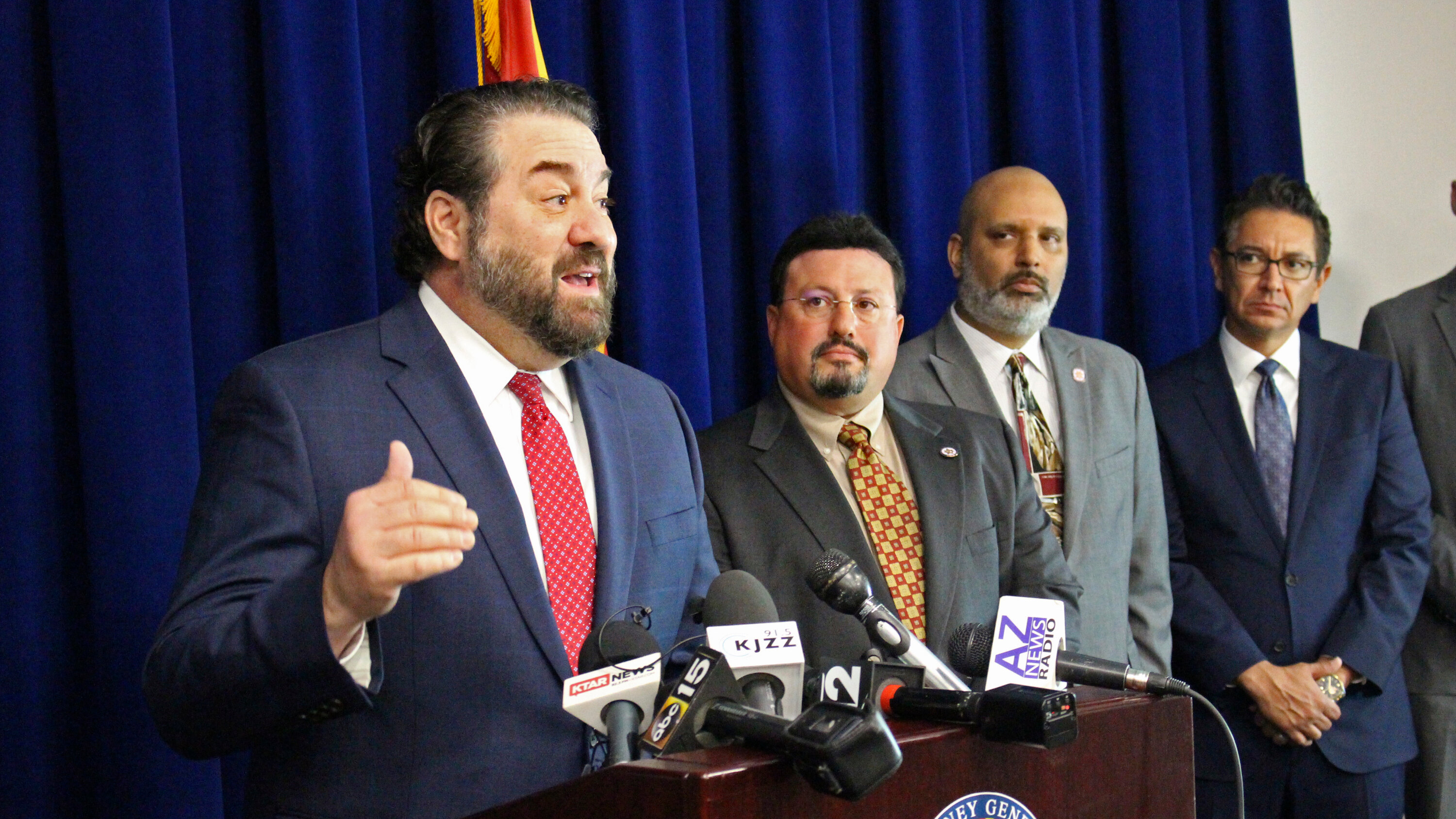Understanding Flood Alerts: Types, Warnings & Safety

Table of Contents
Types of Flood Alerts and Warnings
Knowing the difference between various flood alerts is the first step to effective flood preparedness. Misinterpreting an alert can have dire consequences. Here's a breakdown of the common types:
Flash Flood Warnings
A flash flood warning signifies an extremely dangerous situation. Flash floods develop rapidly, often with little to no warning, and can bring devastatingly fast-moving and powerful currents. The short lead time necessitates immediate action.
- Characteristics: Sudden, rapid rises in water levels, often exceeding the capacity of drainage systems.
- Typical Causes: Intense rainfall over a short period, dam or levee failures, sudden release of water from a reservoir.
- Areas Most at Risk: Low-lying areas, canyons, and areas near rivers and streams. Areas with poor drainage are especially vulnerable to flash flood warnings and the sudden flood warning they represent. The flash flood alert system is designed to give as much warning as possible but rapid response is crucial.
Flood Watches
A flood watch indicates that conditions are favorable for flooding. While flooding isn't currently occurring, it's a strong possibility. This provides you with time to prepare. A flood watch alert gives you a crucial window to implement your flood preparedness plan.
- Actions to Take: Monitor weather reports closely, prepare your emergency kit, and review your evacuation plan. Begin moving valuable items to higher ground. Understand that a potential flood warning could quickly escalate to an active flood warning.
- Key Differences: A watch means potential flooding; a warning means imminent or occurring flooding.
Flood Warnings
A flood warning is the most serious alert. Flooding is either happening or is about to happen. Immediate action is essential. This imminent flood necessitates prompt and decisive action.
- Evacuation Procedures: If instructed to evacuate, do so immediately. Follow designated evacuation routes.
- Securing Property: Move valuable possessions to higher ground. Turn off utilities to prevent further damage.
- Seeking Higher Ground: Move to higher ground and avoid floodwaters at all costs. The active flood warning should trigger your pre-prepared emergency plan.
Other Alerts
Beyond these three main types, you may encounter other alerts depending on your location. River flood alerts provide specific information about river levels and potential flooding along waterways. Coastal flood warnings alert residents to the risk of flooding due to high tides, storm surges, and strong winds. Severe weather alerts often accompany other flood alerts, giving a broader picture of the impending danger. Understanding these various alerts is vital, be it a river flood alert, coastal flood warning, or severe weather flood alert.
Sources of Flood Alerts
Reliable information is critical during a flood emergency. Here are the key sources for flood alerts:
National Weather Service (NWS)
The NWS (or your country's equivalent meteorological agency) is the primary source for issuing flood alerts and warnings.
- Websites: Check the NWS website regularly for updates and forecasts.
- Mobile Apps: Download weather apps that provide real-time alerts and warnings.
- Social Media: Many agencies use social media to disseminate critical information.
- Radio and Television: Stay tuned to local news broadcasts for updates. The NWS flood alerts are often broadcast widely to ensure maximum dissemination.
Local Emergency Management Agencies
Your local emergency management agency provides crucial, location-specific information.
- Local Websites: Check your local government's website for emergency alerts and instructions.
- Emergency Alert Systems: Enroll in your community's emergency alert system (e.g., Wireless Emergency Alerts).
- Community Notification Programs: Sign up for local notification programs to receive alerts directly. Local flood warnings are often more precise and tailored to specific areas within a region.
Other Reliable Sources
Other reliable sources may include reputable news media outlets, weather apps, and even your neighborhood watch groups. Use your judgment in assessing the reliability of your information sources.
Flood Safety Precautions and Evacuation Procedures
Proactive measures are vital in mitigating the risks of flooding.
Preparing for Floods
Taking proactive steps before a flood can significantly reduce the impact.
- Family Emergency Plan: Create a comprehensive plan that includes designated meeting points, communication strategies, and evacuation routes.
- Emergency Kit: Assemble a kit containing essential supplies such as water, food, first-aid supplies, medications, and important documents.
- Evacuation Routes: Identify multiple evacuation routes and know how to access them.
- Elevating Items: Move valuable items to higher ground or use waterproof containers. Flood preparedness is about planning ahead and making smart decisions.
During a Flood
Personal safety is paramount during a flood.
- Evacuate if Instructed: Heed evacuation orders immediately.
- Seek Higher Ground: Avoid floodwaters; they can be contaminated and deceptively powerful.
- Turn Off Utilities: Turn off gas, electricity, and water to prevent further damage and hazards. Flood safety tips always emphasize prioritizing personal safety. A flood evacuation plan should be a core component of your household's flood preparedness strategy.
After a Flood
The recovery process after a flood can be lengthy and challenging.
- Check for Damage: Assess the extent of the damage to your property.
- Contact Insurance: Report damage to your insurance company.
- Seek Assistance: Contact local authorities and relief organizations for assistance.
- Clean Up Safely: Be aware of potential hazards and follow safety guidelines during the cleanup process. Post-flood safety involves careful assessment and cautious actions to prevent further harm.
Conclusion
Understanding the different types of flood alerts, from flash flood warnings to flood watches, is crucial for effective flood preparedness. Knowing where to find reliable information, such as from the NWS and local emergency management agencies, is equally important. By taking proactive measures and following safety guidelines, you can significantly reduce your risk and protect yourself and your family during a flood. Stay informed and safe by understanding the different types of flood alerts in your community. Develop a family flood safety plan today and sign up for local flood warning systems. Don't wait until it's too late – prepare for floods and safeguard your future.

Featured Posts
-
 Negotiating With Trump The Republican Partys Challenges
May 26, 2025
Negotiating With Trump The Republican Partys Challenges
May 26, 2025 -
 Blamaz W Polsce24 Prokuratorzy Unikaja Odpowiedzi Na Pytania
May 26, 2025
Blamaz W Polsce24 Prokuratorzy Unikaja Odpowiedzi Na Pytania
May 26, 2025 -
 Lamentamos El Fallecimiento De Eddie Jordan Ultima Hora
May 26, 2025
Lamentamos El Fallecimiento De Eddie Jordan Ultima Hora
May 26, 2025 -
 Sinners A Louisiana Horror Film Arrives In Theaters
May 26, 2025
Sinners A Louisiana Horror Film Arrives In Theaters
May 26, 2025 -
 Escape The Everyday An Andalusian Farmstay Retreat
May 26, 2025
Escape The Everyday An Andalusian Farmstay Retreat
May 26, 2025
